Given an image (Like the one given below) I need to convert it into a binary image (black and white pixels only). This sounds easy enough, and I have tried with two thresholding functions. The problem is I cant get the perfect edges using either of these functions. Any help would be greatly appreciated.
The filters I have tried are, the Euclidean distance in the RGB and HSV spaces.
Sample image:

Here it is after running an RGB threshold filter. (40% it more artefects after this)
Here it is after running an HSV threshold filter. (at 30% the paths become barely visible but clearly unusable because of the noise)
The code I am using is pretty straightforward. Change the input image to appropriate color spaces and check the Euclidean distance with the the black color.
sqrt(R*R + G*G + B*B)
since I am comparing with black (0, 0, 0)

